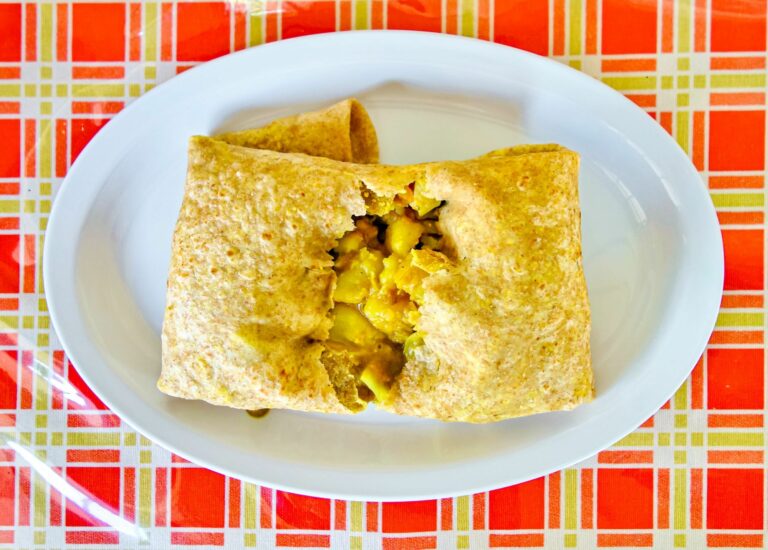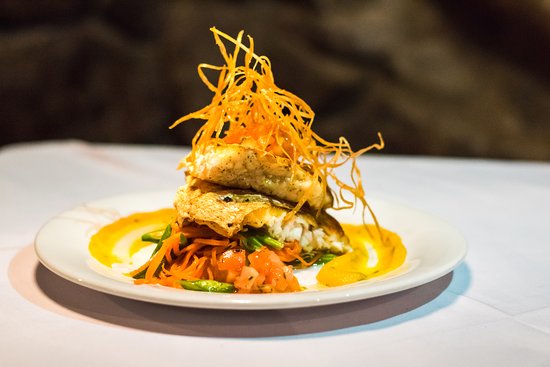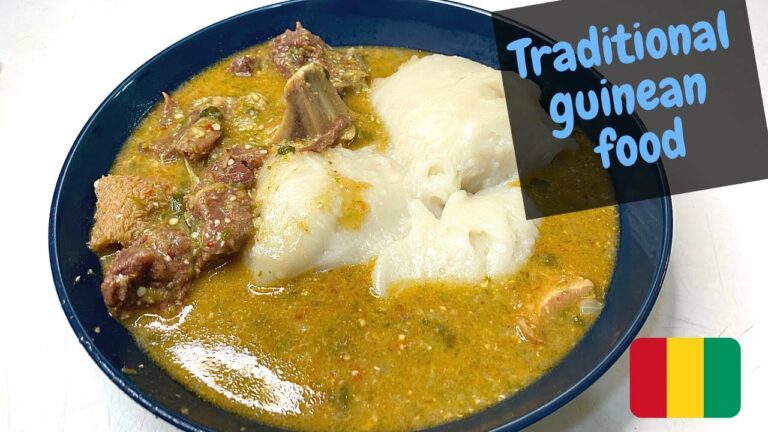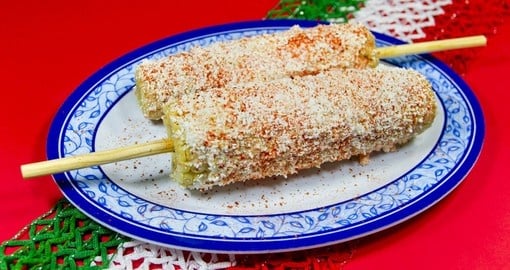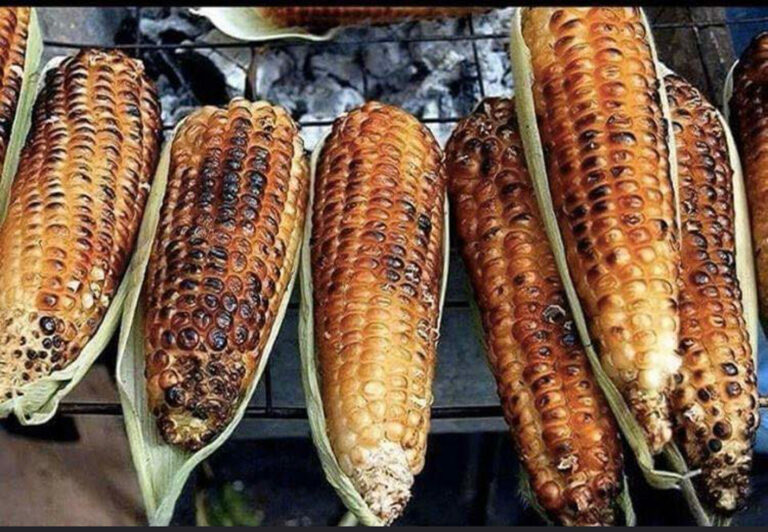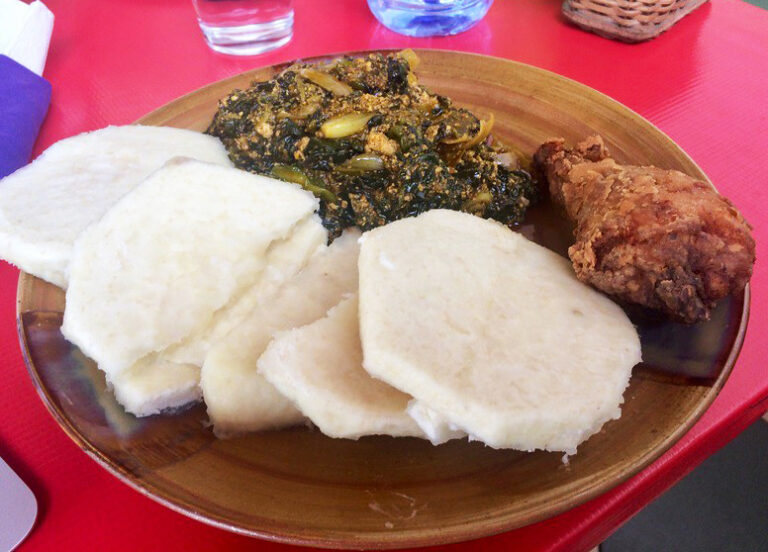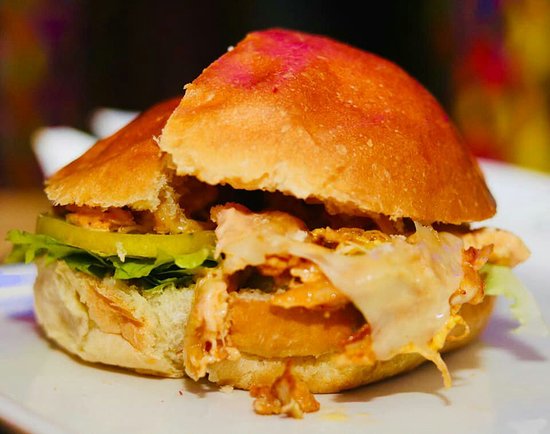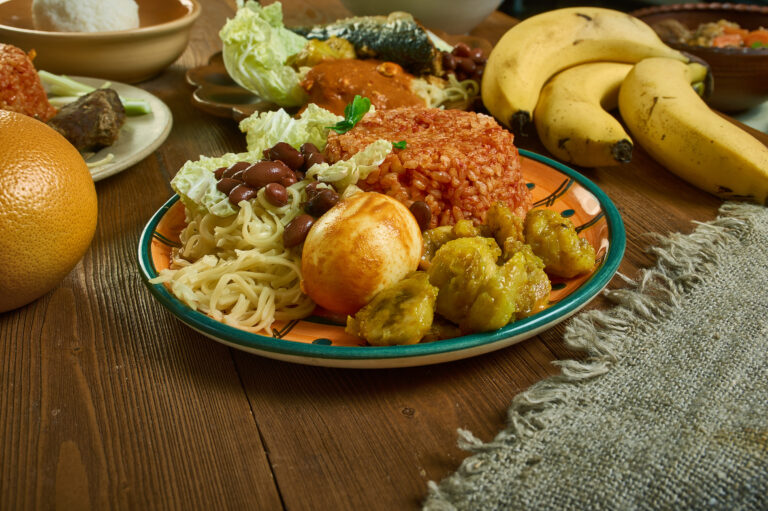Introduction: Exploring the Flavors of Grenadian Cuisine
Grenada, a stunning Caribbean island nation, is famous for its exotic spices, lush vegetation, and delectable cuisine. Grenadian cuisine is an amalgamation of African, Indian, European, and Amerindian influences. The cuisine is renowned for its bold flavors, complex seasoning, and distinct ingredients. Grenadian cuisine is a reflection of the island’s history, cultural heritage, and natural resources.
The Historical Roots of Grenadian Cuisine
Grenadian cuisine has a long and fascinating history that spans centuries. The island’s cuisine has been influenced by the indigenous Carib and Arawak people, African slaves, French and British colonizers, and East Indian indentured laborers. Grenadian cuisine is a fusion of African, European, and Indian culinary traditions. The cuisine’s unique blend of flavors, spices, and ingredients reflects the island’s diverse cultural heritage.
Traditional Ingredients in Grenadian Cooking
Grenadian cuisine is centered around fresh, locally-sourced ingredients, including fruits, vegetables, legumes, seafood, and meats. Some of the most common ingredients used in Grenadian cooking include breadfruit, plantains, yams, cassava, sweet potatoes, dasheen, callaloo, and moringa. Seafood, such as snapper, tuna, and kingfish, are popular. Grenadians often use herbs, such as parsley, thyme, marjoram, and rosemary, to season their dishes.
Uncommon Ingredients in Grenadian Cuisine
Grenadian cuisine is not only about traditional ingredients but also some lesser-known items. For instance, sea moss, a type of seaweed, is used in Grenadian cooking to make drinks and desserts. Another unique ingredient used in Grenadian cooking is breadnut, a nutty-flavored fruit that is often roasted and ground into a flour-like substance used in baking. Another example is dasheen bush, a plant that is used in soups and stews to add flavor and nutrition.
Unique Spices and Seasonings in Grenadian Dishes
The flavors and aromas of Grenadian cuisine are unmistakable, thanks to the island’s unique blend of spices and seasonings. Grenadians use a wide range of spices, including nutmeg, cinnamon, allspice, bay leaves, and ginger, to add warmth and depth to their dishes. The island is also famous for its hot sauces, which are made from various peppers, including scotch bonnet and bird pepper. The sauces are used to add heat and flavor to meats, seafood, and vegetables.
The Future of Grenadian Cuisine: Innovations and Fusions
Grenadian cuisine is gaining popularity worldwide, and chefs are experimenting with new techniques, ingredients, and flavors. The fusion of traditional Grenadian flavors with international cuisines is becoming increasingly popular. Chefs are using traditional Grenadian ingredients to create new and exciting dishes that appeal to a global audience. The future of Grenadian cuisine is bright, and the island’s culinary heritage is sure to inspire chefs and food lovers for many years to come.

